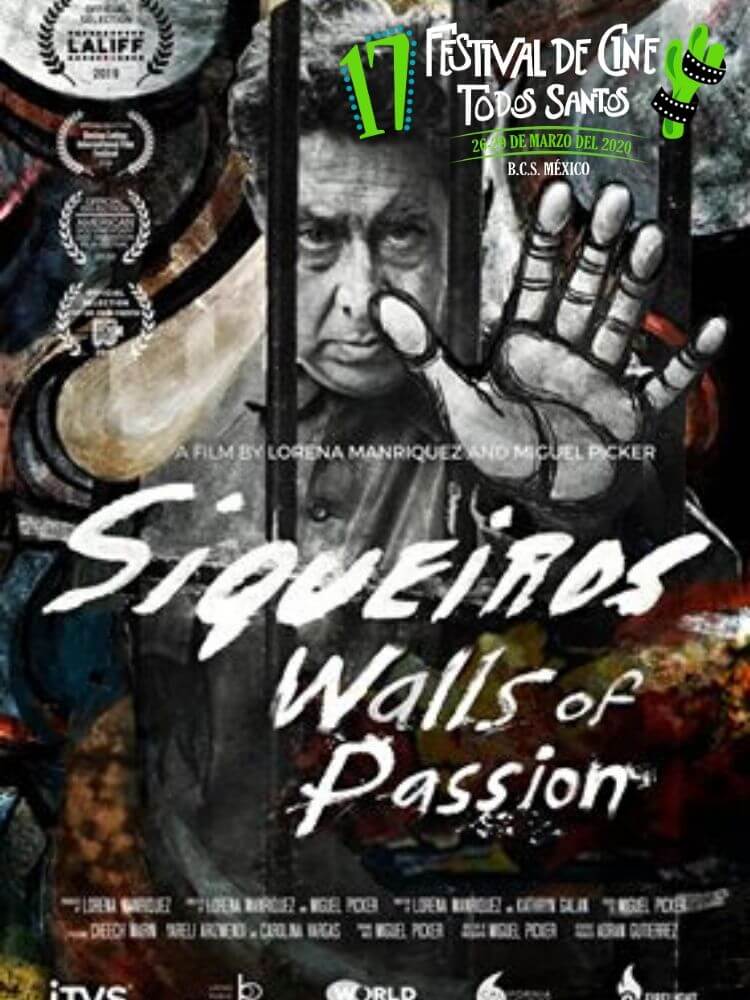
Sunday, March 29
5:00 PM
Voces Ancestrales/
Ancestral Voices
Directors :Lorena Manríquez – Miguel Picker
USA /2019/Doc/ 61 minutes
English language and Spanish with English subtitles
Location: Marquez De Leon Theater
Un documental fascinante sobre el artista visual mexicano David Alfaro Siqueiros (1896–1974) y la resurrección de su mural de Los Ángeles, América Tropical, ubicado en el lugar de nacimiento de Los Ángeles. Uno de los tres grandes muralistas mexicanos del siglo XX con Rivera y Orozco, Siqueiros fue un revolucionario y activista que suscitó controversia y que vivió con un toque teatral y pintó en una escala épica. Pintó murales en México, Estados Unidos, Cuba, Chile y Argentina; luchó como soldado en la revolución mexicana y la guerra civil española; e incluso le enseñó a Jackson Pollock la técnica del goteo. Marxista, fue exiliado dos veces de México, en 1932 a Los Ángeles, y en 1940 a Chile, luego de su intento de asesinato contra León Trotsky. Su obra maestra, América Tropical, fue blanqueada inmediatamente debido a su contenido político, pero irónicamente, la blanqueada la conservó hasta su redescubrimiento en la década de 1960, cuando inspiraría el Movimiento Muralista Chicano en Los Ángeles.
A film about Mexican visual artist David Alfaro Siqueiros (1896–1974) and the resurrection of his Los Angeles mural América Tropical, located at the birthplace of Los Angeles. One of the three great Mexican muralists of the 20th with Rivera and Orozco, Siqueiros was a controversy-stirring revolutionary and lifetime activist who lived with theatrical flair and painted on an epic scale. He painted murals in Mexico, the U.S., Cuba, Chile, and Argentina; he fought as a soldier in the Mexican Revolution and the Spanish Civil War; and he even taught Jackson Pollock the drip technique. A Marxist, he was twice exiled from Mexico, in 1932 to Los Angeles, and in 1940 to Chile following his assassination attempt on Leon Trotsky. His masterpiece América Tropical was immediately whitewashed because of its political content, but ironically the whitewash preserved it until its re-discovery in the 1960s when it would inspire the Chicano Muralist Movement in Los Angeles.
